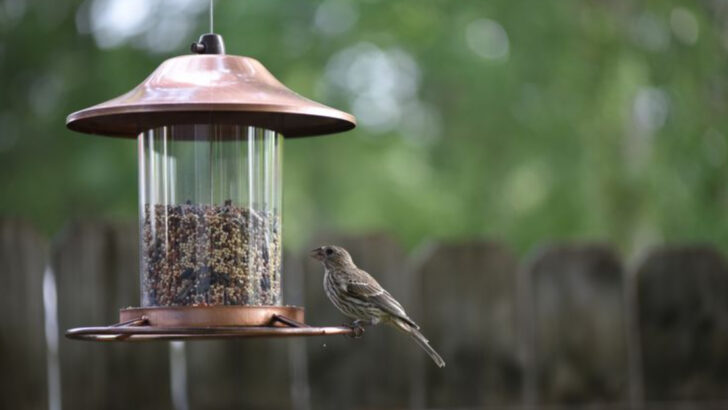Wild birds are fighting for survival—and your backyard could be their lifeline.
From window strikes to disappearing habitats, these feathered wonders face dangers most people never see. But you? You can change that with a few simple choices.
A seed feeder in winter. A bowl of fresh water in the heat. A safe place to build a nest. These aren’t grand gestures—they’re lifelines, disguised as kindness.
Want to be the reason a chick fledges, a songbird sings, or a hawk finds its perch?
Here are 16 ways to help wild birds stay safe, stay strong, and keep soaring.
Provide Clean Water Sources
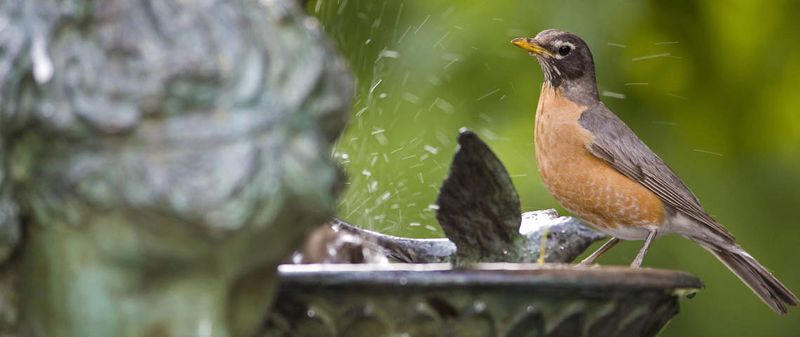
A reliable water source can make a world of difference for wild birds. Clean, fresh water supports hydration and hygiene. Regularly changing the water in birdbaths prevents the spread of diseases.
In winter, consider using a heated birdbath to prevent freezing. If possible, position the birdbath near bushes or trees, offering birds a quick escape route from predators.
Ensure the water is shallow and easily accessible. Adding pebbles can help smaller birds reach the water.
Plant Native Vegetation
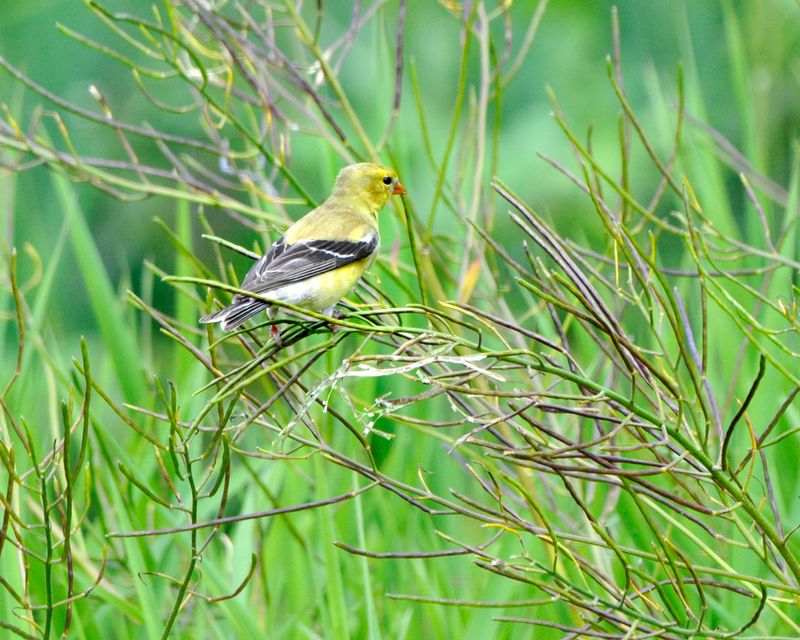
Native plants are a haven for wild birds, offering food, shelter, and nesting opportunities. These plants attract insects, a critical food source for many bird species.
Choose a variety of plants that bloom at different times to provide year-round resources. Avoid pesticides as they can harm birds and reduce food availability.
With patience, your garden can become a thriving ecosystem. By planting native species, you create a sustainable environment that benefits both birds and local wildlife.
Install Bird Feeders
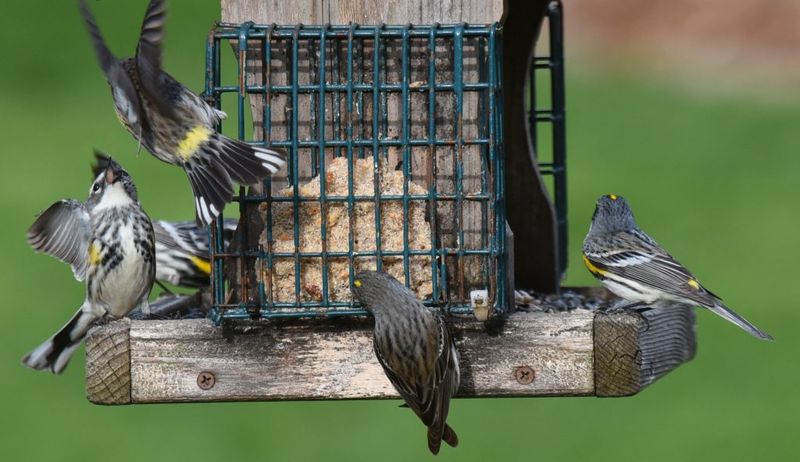
Bird feeders are a delightful way to support wild birds. Different seeds attract various bird species, adding diversity to your backyard. Regular cleaning of feeders prevents mold growth and disease spread.
Position feeders away from windows to reduce collision risks. If squirrels are a problem, consider squirrel-proof designs. Offering a mix of seeds, suet, and nectar can cater to different dietary needs.
Feeders should be placed at varying heights to accommodate species diversity. Enjoy observing the flurry of activity they bring.
Create Safe Nesting Spots
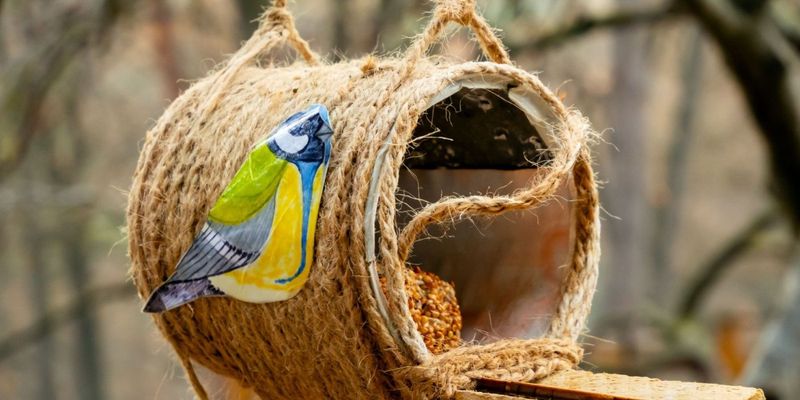
Birdhouses provide essential shelter for nesting birds. Place them in quiet areas, away from direct sunlight and predators. Different species have varying nesting requirements, so research the needs of local birds.
Ensure the birdhouse has appropriate ventilation and drainage. Regularly clean and inspect for damage, making repairs when necessary. Avoid using treated wood or toxic paint.
By providing safe nesting spots, you contribute to the successful rearing of future bird generations.
Avoid Glass Hazards
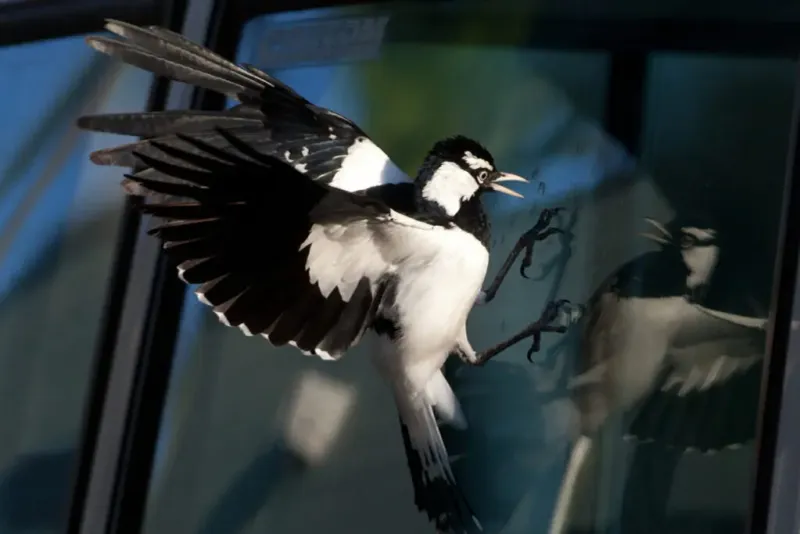
Birds often collide with windows, mistaking reflections for open sky. Applying bird-safe decals or films greatly reduces this risk. Position feeders and birdbaths strategically to minimize collision chances.
Inside, closing curtains or using shades can deter birds from flying towards glass. Consider placing plants outside windows to alter reflections. Birds have excellent vision, and small adjustments can save lives.
With commitment, glass hazards can be effectively mitigated, making your home a safer environment for our feathered friends.
Provide Shelter from Predators
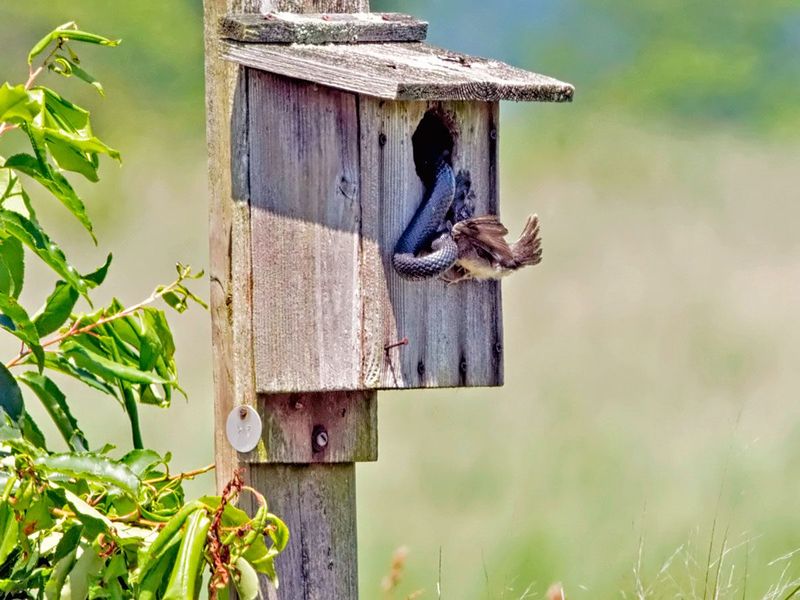
Dense vegetation offers birds a refuge from predators. Planting hedges and shrubs gives birds places to hide and rest. Avoid trimming bushes during nesting season as it can expose nests to danger.
Cats, a common threat, should be kept indoors or supervised when outside. Creating multiple layers of vegetation allows birds to escape predators more easily. Your garden can become a sanctuary where birds feel secure.
By prioritizing shelter, you protect birds from various threats, contributing to their well-being.
Offer a Variety of Foods
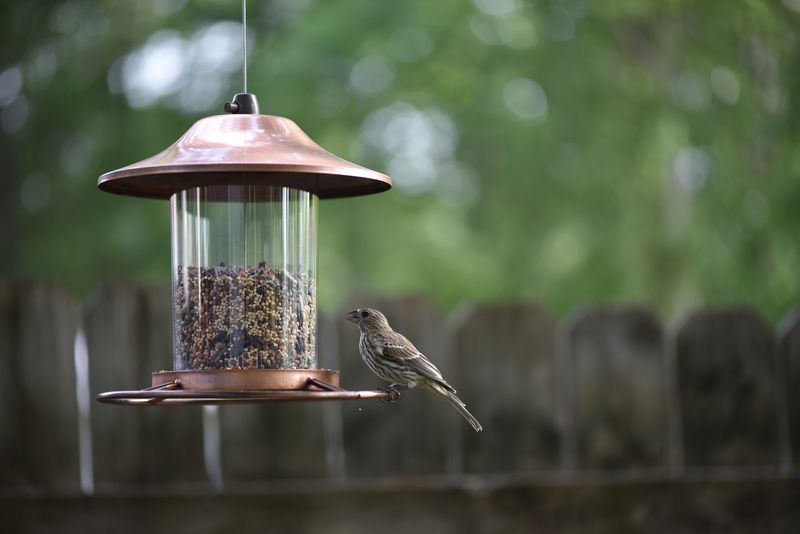
A diverse diet is crucial for bird health. Offering a mix of seeds, nuts, fruits, and suet caters to different species’ nutritional needs. Change the offerings according to seasons, as some foods are more beneficial at different times of the year.
Monitor which foods attract specific birds and adjust accordingly. Avoid processed and salty foods that can harm birds. Providing a variety ensures birds have access to a balanced diet, promoting health and vitality.
Your efforts can attract a wider array of species to your garden.
Minimize Pesticide Use
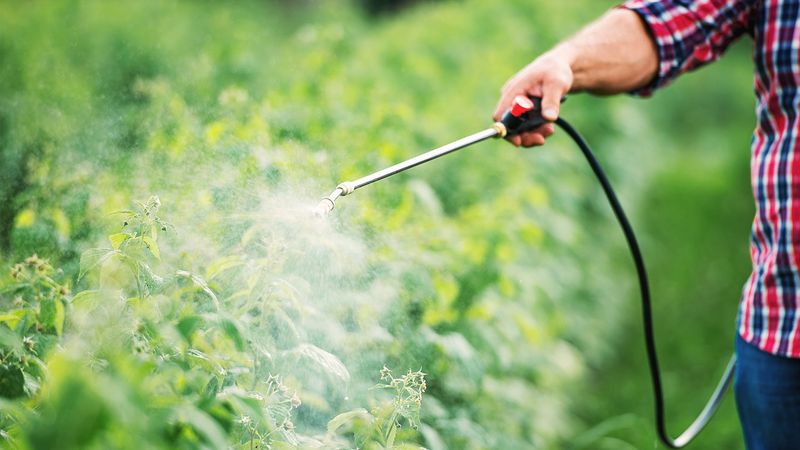
Pesticides pose significant risks to birds by contaminating food sources. Opt for organic gardening methods to keep your garden bird-friendly. Natural pest control, such as encouraging beneficial insects, protects plants without harming birds.
Composting and soil health management can reduce the need for chemical interventions. Be mindful of labeling when purchasing products, choosing bird-safe options.
By minimizing pesticide use, you create a healthier habitat. Your garden can thrive, supporting birds and biodiversity naturally.
Keep Domestic Cats Indoors
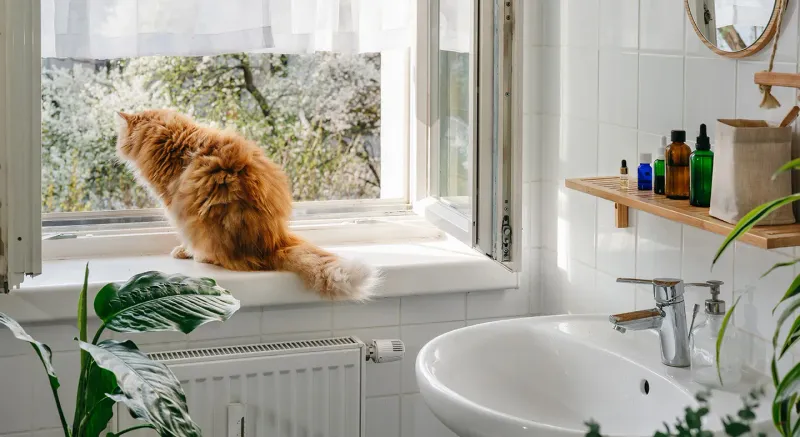
Cats are skilled hunters, posing a serious threat to wild birds. Keeping cats indoors or supervising them when outside can significantly reduce bird mortality.
Enrich indoor environments with toys and climbing structures to satisfy their instincts. Consider building a cat enclosure if outdoor time is essential. Educating neighbors about the impact of free-roaming cats can foster community support.
Protecting birds from feline predators ensures their safety and supports healthy bird populations. Your feline friends can coexist peacefully with nature.
Participate in Citizen Science
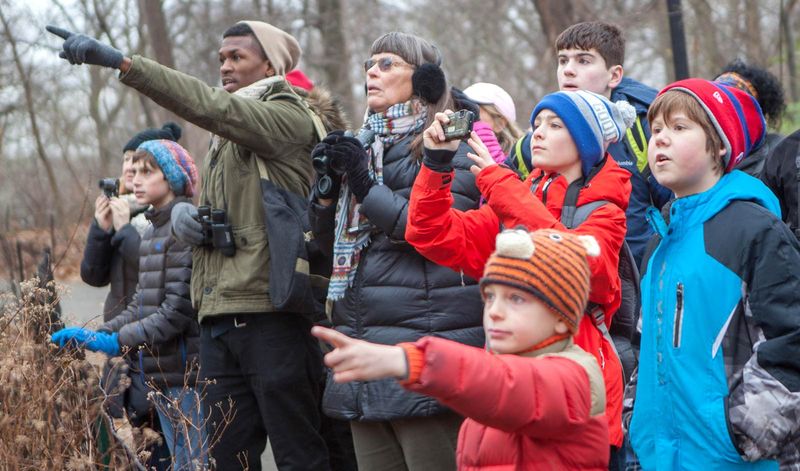
Citizen science initiatives allow nature enthusiasts to contribute to bird conservation. Participating in bird counts and surveys helps gather valuable data.
Such projects provide insight into bird populations and migration patterns. Involvement increases awareness and appreciation for local wildlife. Many organizations offer resources and training for volunteers.
Engaging in these activities fosters community bonds and enhances understanding of ecological issues. Your contributions aid scientific research, helping to preserve bird species for future generations.
Support Conservation Efforts
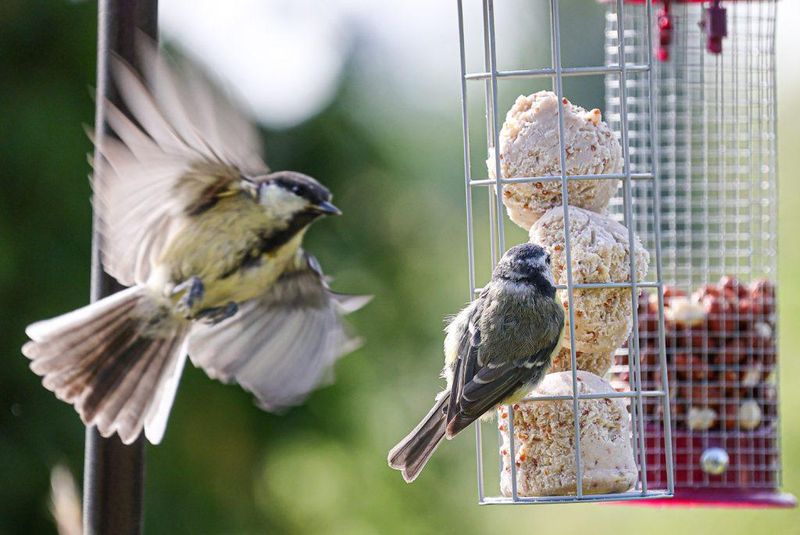
Conservation efforts play a vital role in protecting bird species and their habitats. Supporting organizations working to preserve natural areas makes a difference.
Donations, volunteering, and advocacy can amplify their impact. Many groups focus on habitat restoration, addressing threats like climate change and pollution.
Educational programs raise awareness about the importance of conservation. Your involvement can lead to sustainable solutions, protecting birds and biodiversity. Together, we can create a world where birds thrive alongside humanity.
Install Nesting Boxes
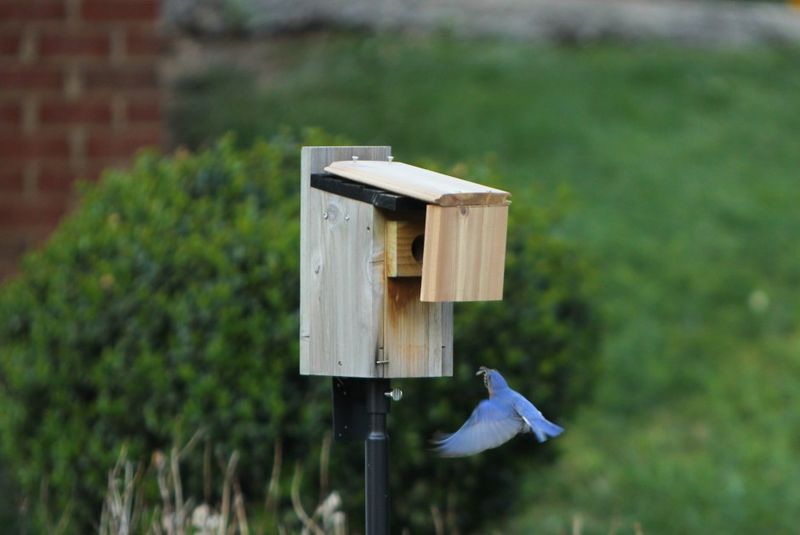
Nesting boxes provide safe havens for cavity-nesting birds. Choose designs suitable for local species, considering entrance size and location. Proper placement ensures protection from predators and weather.
Maintenance, such as cleaning between seasons, maintains hygiene. Observing nesting activities can be rewarding, connecting people with nature. Avoid disturbing active nests, allowing birds privacy during critical breeding times.
Installing nesting boxes contributes to population stability, supporting diverse birdlife. Your efforts can nurture these avian architects, enhancing biodiversity.
Educate the Community
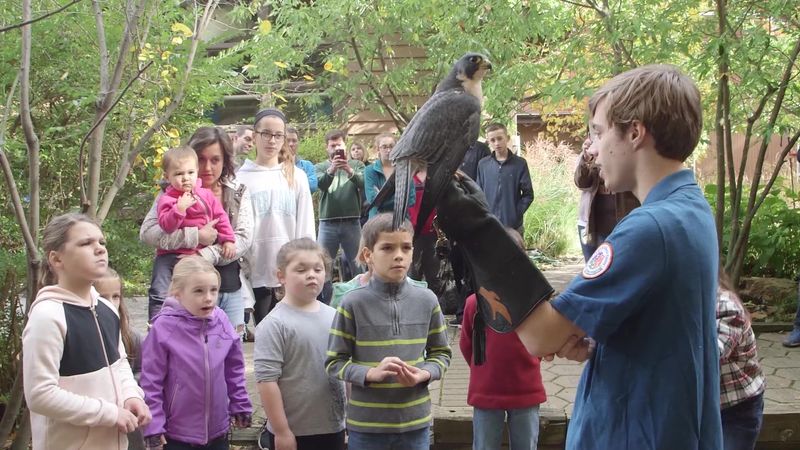
Education is key to fostering a bird-friendly environment. Hosting workshops and events raises awareness about bird conservation. Sharing knowledge about bird-friendly practices can inspire others to take action.
Collaborating with schools and local clubs spreads the message further. Encourage community involvement through projects like building birdhouses or planting gardens.
By educating others, you empower them to make positive changes for bird welfare. Collective efforts can lead to meaningful impacts, creating a safer world for birds.
Create Bird-friendly Landscapes
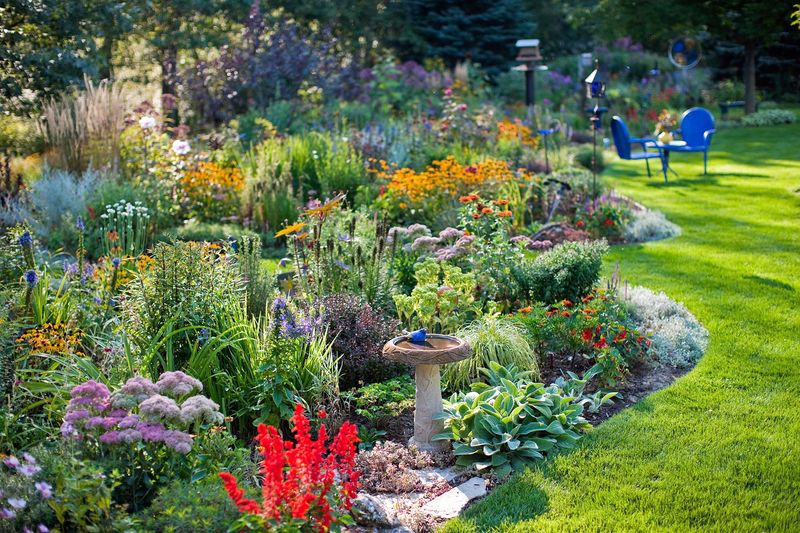
Designing bird-friendly landscapes enriches habitats. Incorporate features like water sources, native plants, and sheltering shrubs. Avoid large expanses of lawn, opting for diverse planting instead.
Paths and seating areas allow observing birds without disturbance. Incorporate biodiversity-friendly elements like rock piles and logs. These landscapes provide food, nesting, and protection.
Thoughtful planning encourages birds to visit and stay. Your garden becomes a sanctuary for wildlife, promoting coexistence. By transforming spaces, you invite birds into your life, enhancing natural beauty.
Avoid Using Rodenticides
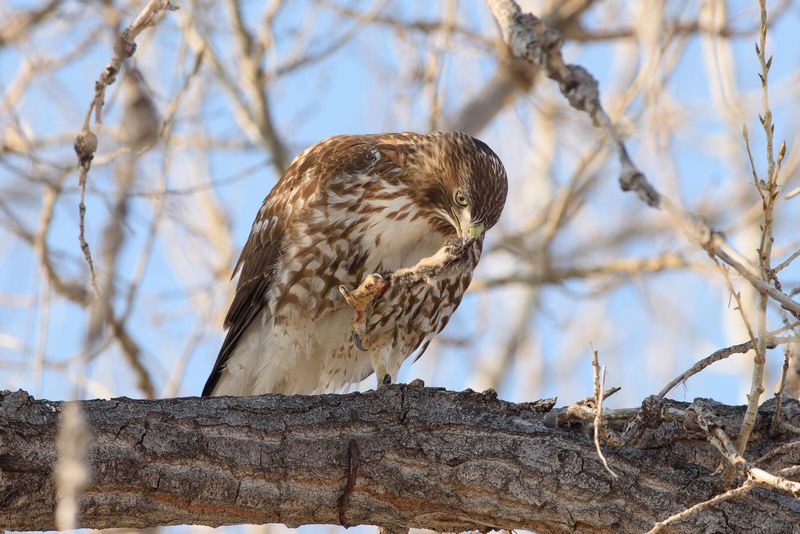
Rodenticides pose indirect threats to birds by contaminating the food chain. Birds of prey and scavengers can ingest these toxins through affected rodents. Opt for natural pest control, using traps and deterrents.
Encouraging natural predators, like owls, maintains balance. Educating the community about these risks can reduce rodenticide use. Adopting alternative measures protects birds and other wildlife.
Your choices contribute to safer environments. By eliminating rodenticides, you ensure a healthy ecosystem, safeguarding bird populations for the future.
Report Injured Birds

Finding an injured bird can be distressing, but knowing how to help is crucial. Contact local wildlife rescue centers for guidance and assistance. Avoid handling the bird unless necessary, and use gloves for protection.
Providing a quiet, safe space until help arrives minimizes stress. Sharing information about rescue services builds community awareness. Wild birds need specialized care, so professional intervention is vital.
Your quick response can save lives. By reporting injuries, you support rehabilitation efforts, giving birds a second chance.

